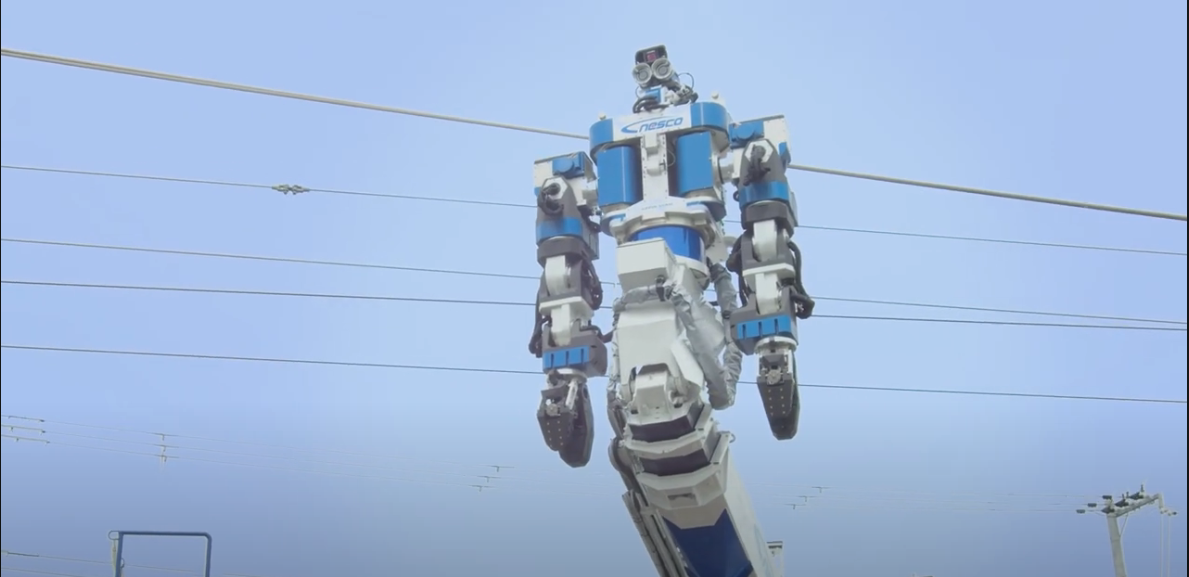West Japan Railways (West JR), one of six companies that make up Japan Railways Group, has unveiled a giant “humanoid robot” to work on heavy machinery on its lines.
The as yet unnamed tool is described as “multifunctional railway heavy machinery for railway equipment maintenance” and is based off a prototype used by West JR to prove the concept of the odd-looking machine.
The new robot has been developed in partnership with Jinki Ittai Co, a robotics technology developer, and Nippon Signal Co, an IT and electricals in infrastructure firm.
West JR said the project was needed due to “a labour shortage in infrastructure maintenance work, not just for railways”.
The new “heavy equipment” is carried by a railway construction vehicle, which hosts the control room, with the robot on an extendable boom.
Its primary use is to reach electrical overhead wires to remotely fix problems.
Access the most comprehensive Company Profiles
on the market, powered by GlobalData. Save hours of research. Gain competitive edge.

Company Profile – free
sample
Your download email will arrive shortly
We are confident about the
unique
quality of our Company Profiles. However, we want you to make the most
beneficial
decision for your business, so we offer a free sample that you can download by
submitting the below form
By GlobalData
It can carry up to 40kg and work remotely at up to 12 metres above ground.
The robot, which has been likened to Disney Pixar character Wall-E, is operated by a single engineer in the control room. “In addition, the weight and recoil received by the robot are fed back to the operator, allowing intuitive operation. This makes it easy to learn operation skills,” the company said.
Operators can watch what they are doing via a VR headset connected to cameras in the robot’s “eyes”.
West JR said the new equipment will improve safety, with fewer people having to climb onto overhead catenary lines, and workforce reductions of at least 30% for most tasks.
The new device will also be used to fell trees or remove other obstacles, paint infrastructure, and replace or repair signals hardware.
“Mechanization will contribute greatly to the goal of eliminating workplace accidents caused by electric shock or falls, and will also lead to improved safety,” West JR explained.
The railway infrastructure manager added that it would allow “people of all genders and ages” to work on railway maintenance, although it is unclear what would stop women working on overhead lines.
“Since there is no heavy work at heights by humans, people of all genders and ages can work, which will lead to the creation of a diverse work environment for human resources,” the firm said.


